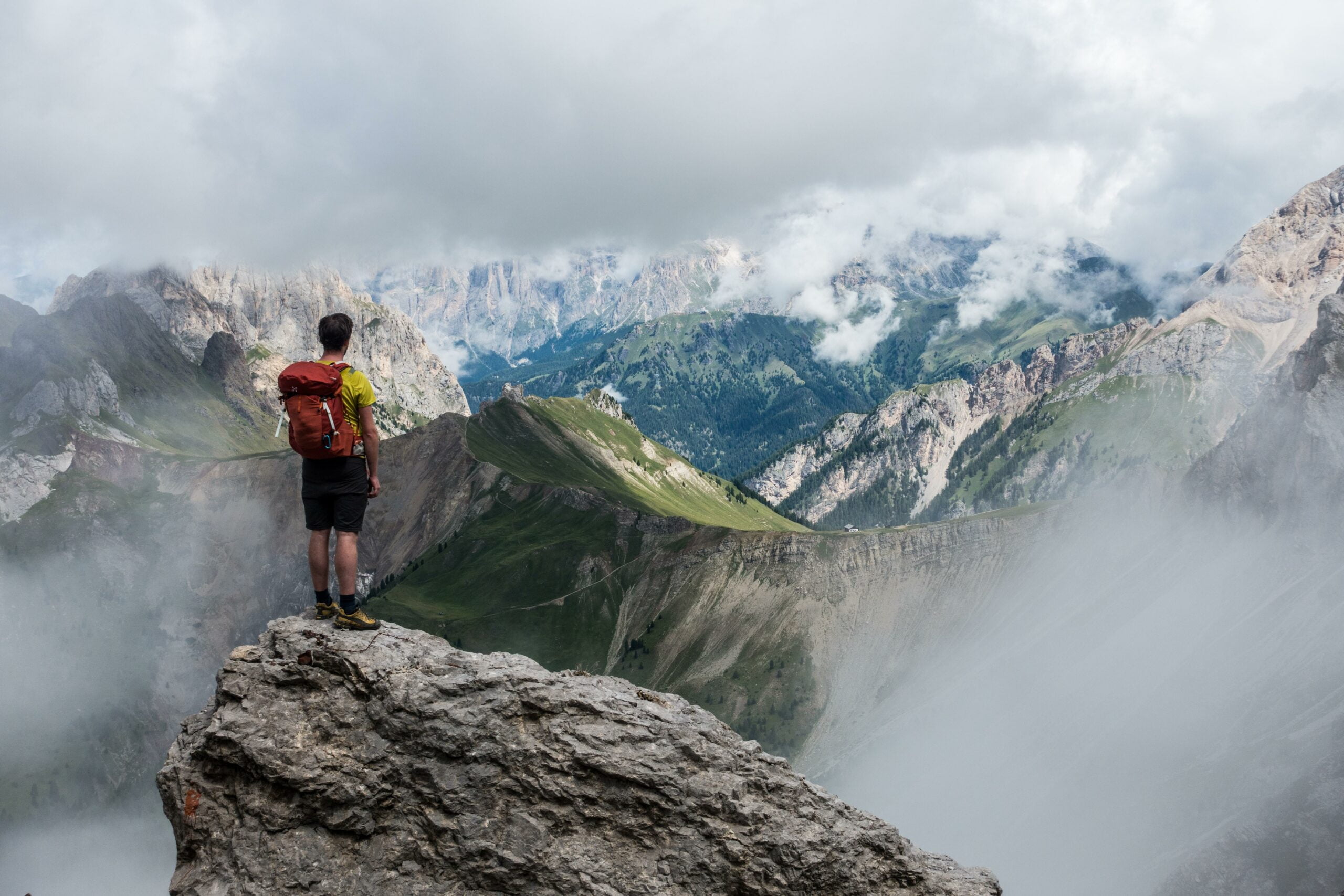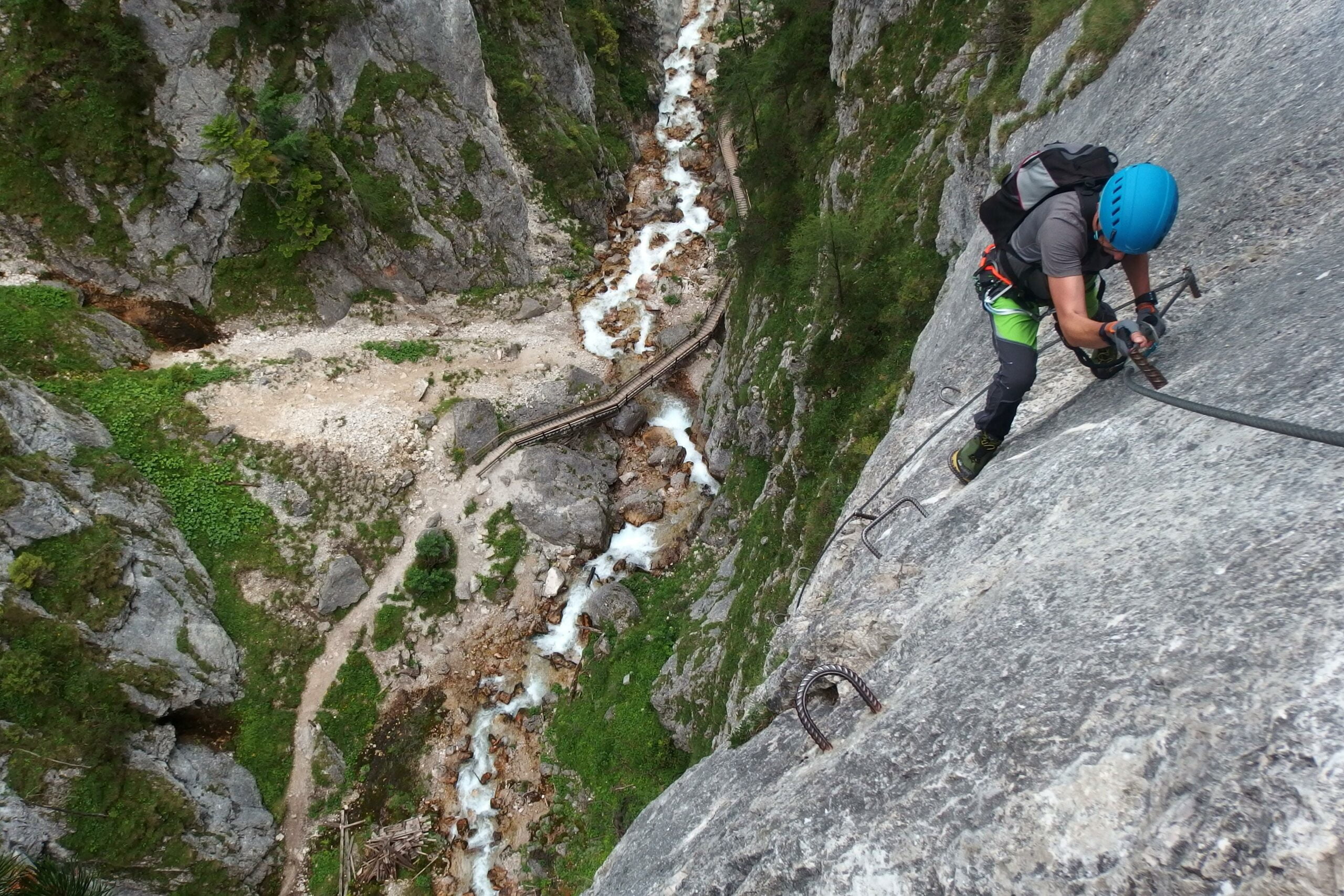Are you ready to embark on a thrilling journey into the captivating world of rock climbing? Brace yourself for an adventure like no other as we delve into the realm of awe-inspiring heights, hidden challenges, and adrenaline-pumping triumphs. In this article, we will unveil a collection of fascinating rock climbing facts that will leave you spellbound. From the allure of vertical cliffs to the secrets of impeccable safety techniques, prepare to be captivated by the sheer exhilaration and breathtaking beauty that rock climbing offers. So, buckle up and get ready to discover a world where courage meets nature’s majestic obstacles!

Captivating Rock Climbing Facts
Rock climbing is a thrilling and awe-inspiring sport that combines physical strength, mental fortitude, and a deep appreciation for nature’s challenges. As an experienced rock climbing instructor, I have encountered countless captivating rock climbing facts that I am eager to share with you. So, let’s dive in and uncover the fascinating world of rock climbing!
The Olympic Debut of Rock Climbing
In an exciting turn of events, rock climbing made its debut as an official sport at the Tokyo Olympics in 2020. This groundbreaking inclusion elevated the sport’s status and brought it into the international spotlight. The world watched in awe as athletes pushed their limits, showcasing their skills on the grandest stage of all. The sheer determination and grace displayed by these climbers captivated audiences worldwide.
“The Olympics provided a platform for rock climbing to shine, demonstrating the immense talent and dedication of athletes who have dedicated their lives to this challenging sport.”
Types and Grading Systems
Rock climbing encompasses a wide range of disciplines, each with its own unique set of challenges and techniques. Let’s explore the five main types of rock climbing and their grading systems:
Free Climbing: This is the most common form of rock climbing, where climbers rely solely on their physical strength, technique, and equipment to ascend the rock face. The grading system for free climbing uses a scale known as the Yosemite Decimal System (YDS).
Mountaineering: Mountaineering involves climbing mountains and traversing challenging terrains that often require advanced technical skills. The grading system for mountaineering varies across different regions and considers factors such as route difficulty, altitude, and weather conditions.
Ice and Mixed Climbing: Ice and mixed climbing involve scaling frozen waterfalls and icy rock faces. Climbers use specialized equipment such as ice axes and crampons to navigate these challenging environments. The grading system for ice and mixed climbing also varies, with factors like ice formation and difficulty of protection taken into account.
Bouldering: Bouldering focuses on short, powerful climbs without the use of ropes or harnesses. Climbers tackle “boulder problems” that require a combination of strength, agility, and problem-solving skills. The grading system for bouldering uses the Fontainebleau scale (V-scale).
Aid Climbing: Aid climbing is a technique used in challenging terrains where climbers rely on gear and equipment to ascend. It involves placing protection, such as hooks and pitons, to progress upward. The grading system for aid climbing uses the A-system, which indicates the difficulty and level of aid required.
“Each type of rock climbing presents its own unique set of challenges, allowing climbers to explore different aspects of their physical and mental capabilities.”
Physical Benefits of Rock Climbing
Beyond the thrill and adventure, rock climbing also offers numerous physical benefits. Whether you are a seasoned climber or a novice just starting out, the sport can have a transformative impact on your health and fitness. Here are some captivating rock climbing facts about its physical benefits:
Cardiovascular Fitness: Climbing is a full-body workout that engages major muscle groups and increases cardiovascular endurance. In fact, research has shown that climbing can be as good for cardio as running 8-11 minutes per mile. Imagine the exhilaration of getting a complete cardio workout while conquering nature’s obstacles!
Overcoming Fear: Rock climbing has the remarkable ability to help individuals overcome their fear of heights and falling. As climbers face their fears head-on, they develop resilience, trust in their abilities, and a newfound sense of confidence. Who knew that defying gravity could lead to such personal growth!
“Rock climbing not only builds physical strength but also empowers climbers to conquer their fears, unleashing their true potential.”
Techniques and Precautions
When it comes to rock climbing, safety should always be a top priority. There are specific techniques and precautions that climbers must adhere to in order to ensure a safe and enjoyable experience. Let’s take a closer look at some key considerations:
Liquid Chalk for Deep Water Soloing: Deep water soloing is a thrilling form of climbing where climbers scale cliffs above deep bodies of water. In this exhilarating activity, liquid chalk is favored over normal climbing chalk due to its water-resistant properties. It provides better grip and helps climbers maintain control even when their hands come into contact with water.
Types of Ice Climbing: Ice climbing adds a whole new dimension to rock climbing, with two different types of ice to tackle. Alpine ice refers to ice found in exposed mountainous regions and presents its own set of challenges. On the other hand, water ice forms from water and can be found in frozen waterfalls and other natural formations. Each type requires specific techniques and precautions to ascend safely.
“Safety and technique are of utmost importance in rock climbing, ensuring that climbers can enjoy this thrilling activity while minimizing risks.”
With these captivating rock climbing facts in mind, you can truly appreciate the exhilaration and beauty that this sport offers. Whether you aspire to scale towering cliffs or simply want to explore new heights, rock climbing provides an unparalleled adventure that combines courage, strength, and a deep connection with nature’s wonders. So, will you dare to embark on this gripping journey?
Rock climbing is an exhilarating and challenging sport that pushes individuals both mentally and physically. If you’re curious to learn more about this thrilling activity, we’ve got you covered. Check out our article on “5 Interesting Facts About Rock Climbing” to discover some incredible insights into this adrenaline-fueled sport. From the history of rock climbing to the mind-boggling records set by climbers, this article will leave you in awe. So, what are you waiting for? Click here to delve into the fascinating world of rock climbing: 5 Interesting Facts About Rock Climbing
FAQ
Q: When did rock climbing debut at the Tokyo Olympics?
A: Rock climbing debuted at the Tokyo Olympics in 2020.
Q: What are the five main types of rock climbing?
A: The five main types of rock climbing are free climbing, mountaineering, ice and mixed climbing, bouldering, and aid climbing.
Q: Is rock climbing as good for cardio as running?
A: Yes, rock climbing has been shown to be as good for cardio as running 8-11 minutes per mile.
Q: Can rock climbing help cure a fear of heights and a fear of falling?
A: Yes, rock climbing can help cure a fear of heights and a fear of falling.
Q: What type of chalk is favored in deep water soloing?
A: Liquid chalk is favored over normal climbing chalk when deep water soloing.
- China II Review: Delicious Food & Speedy Service - April 17, 2025
- Understand Virginia’s Flag: History & Debate - April 17, 2025
- Explore Long Island’s Map: Unique Regions & Insights - April 17, 2025
















